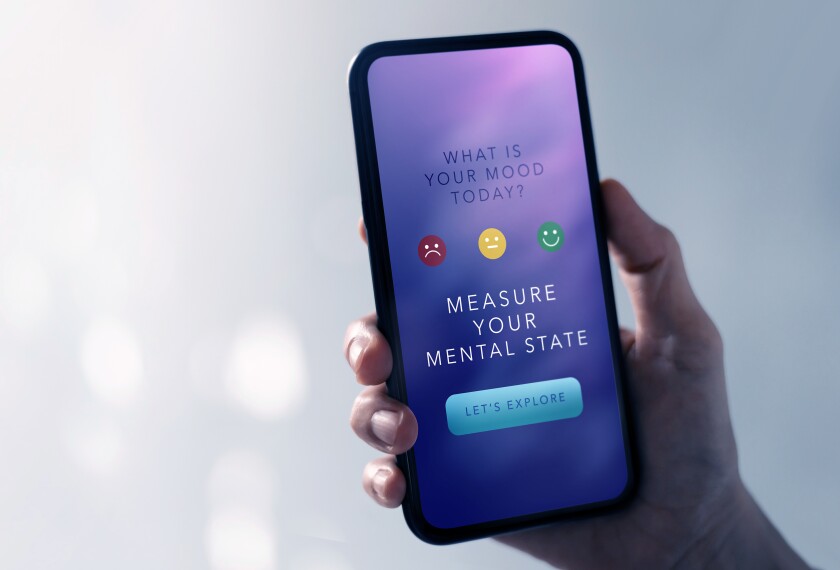School closings have become reality in response to the current coronavirus epidemic in the United States. Numerous schools, including more than a dozen in Washington state, Oregon, New York, California, and Rhode Island are now temporarily shut as of this writing. As the epidemic progresses in this country, it is likely that many more American children will join the hundreds of millions around the world in nations including China, Japan, South Korea, Iran, Mongolia, Italy, and France who are currently out of school. These closings may not be of short duration; some experts project that for school shutdowns to have a real impact on an epidemic, schools need to be closed for as long as eight weeks.
Although Vice President Mike Pence has already signaled that the White House will support school closings, those decisions will be made at the local and state levels. School districts are being urged to review and revise their pandemic-preparedness plans, including continuity of instruction in the event of closures. And parents are being urged to prepare for the possibility that their children may be home for protracted periods of time.
It is important that school districts and parents of preschool and school-age children heed this advice. It is also important, however, to recognize that parents are not equally positioned to protect their children on their own. As in all public-health emergencies, poor children and poor families will suffer the most. An ethically defensible policy of government school shutdowns needs not only to meet the bar of public health necessity, it must also include active measures to mitigate the disproportionate burden that will fall on our most vulnerable children.
Consider the critical role that schools play in meeting the nutritional needs of poor children. About 15 percent of all American children are from food-insecure families—more than 11 million children. Schools provide free or discounted lunches to more than 20 million children and free breakfast to more than 12 million. In addition, more than a million children participate in After School Supper Programs.
A recent New York Times article has drawn attention to the serious economic impact of school closings on the vendors who supply school meals. But for the millions of children for whom school meals can make the difference between hunger and health, the impact could be even more devastating. A study of schools in western Kentucky that closed during a 2013 influenza outbreak found that one-quarter of families reported difficulty caused by lack of access to school lunch.
Schools and community organizations should collaborate now to identify and plan for alternative emergency food-assistance strategies, such as providing prepacked lunches that could be picked up at food banks, churches, or other area nonprofits.
Parents are not equally positioned to protect their children on their own.
What will happen to children who are homeless or who find respite in school from emotionally or physically threatening home environments? Governments need to open emergency housing and, for younger children, provide emergency child-care options that are appropriate for an outbreak context.
For older kids, guidelines need to be established to mitigate recongregation outside of school, whether at the mall or each other’s homes. Data about the impact of schools closings on adolescents are limited, but one study from the 2014 Ebola epidemic in Sierra Leone suggests that teenage pregnancies increased by 65 percent as a result of school closures.
If home-based instruction is implemented during an extended shutdown, plans need to account for those children who do not have reliable internet access or adult supervision. Families with more than one child may not have more than one device, and there is the collateral consequence of extended screen time.
Finally, steps should be taken to minimize the likelihood that low-income parents feel compelled to leave their young children home alone because they fear losing their jobs or cannot sustain even a temporary loss of income.
Although some politicians are advocating to extend sick-leave and job-security provisions to employees out of work for the virus, it is important that any such provisions apply to parents who are out of work because they must stay home to care for their children because of school closures. And what is to be done for the poorest parents who will be hit the hardest? More than two-thirds of workers who earn wages in the bottom 10 percent have no paid sick leave.
Schools do more than educate our poorest children. If they close for any significant amount of time and continuity-of-instruction plans are not supplemented with adequate continuity-of-welfare plans, the risks that these children will face may be greater than the risks they face from COVID-19. It would be profoundly unfair to protect the rest of us on the backs of our most vulnerable.






